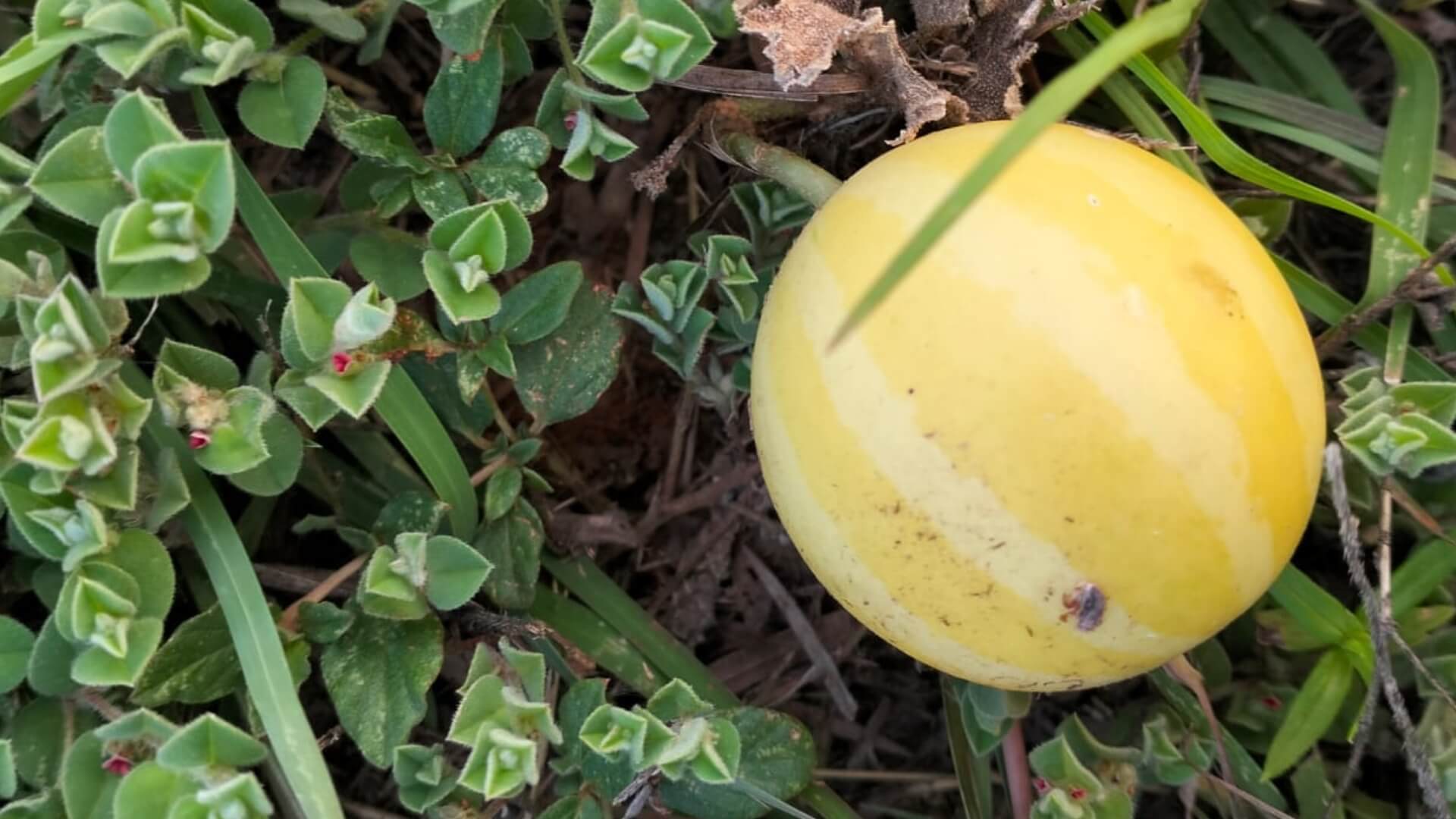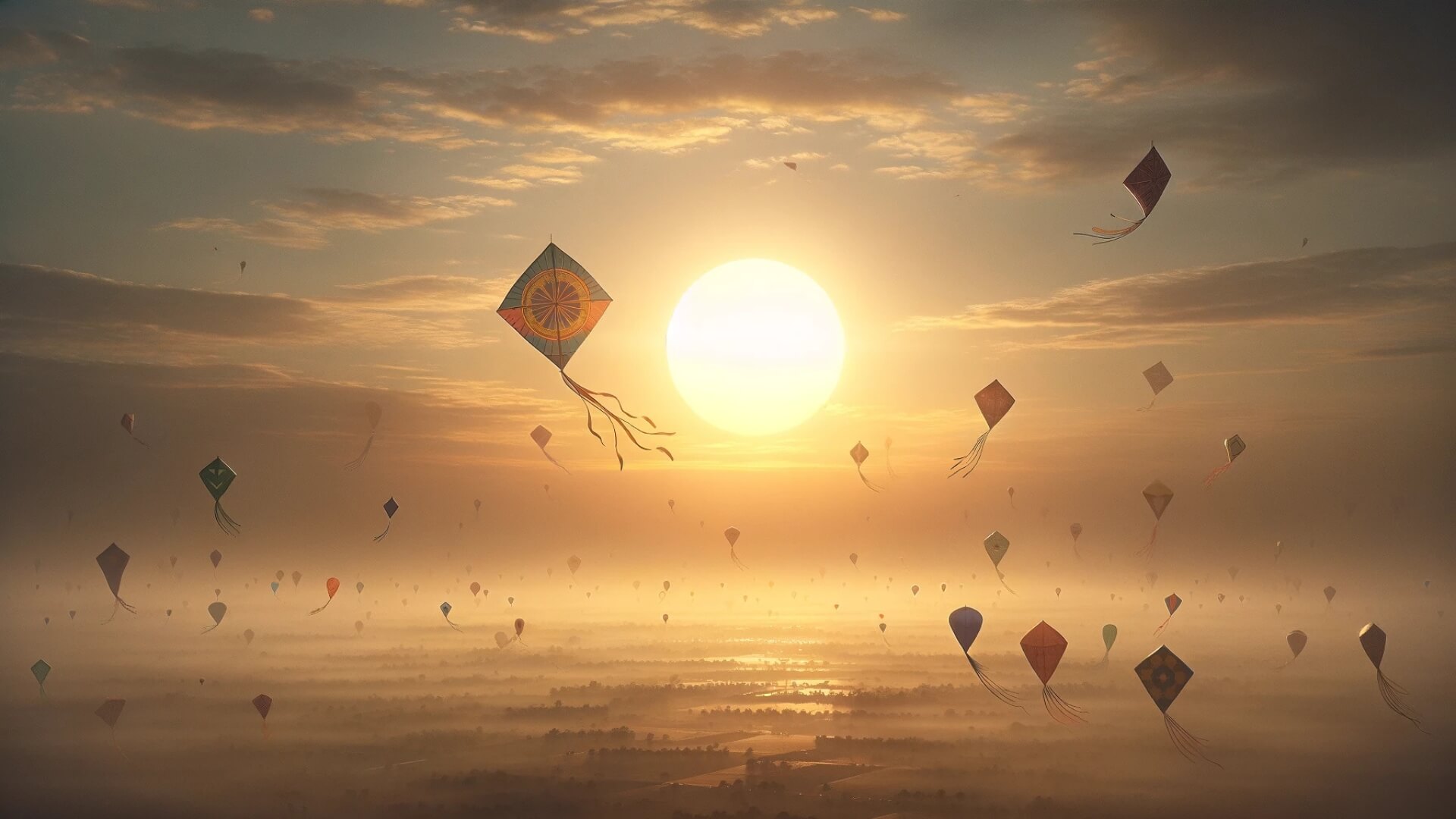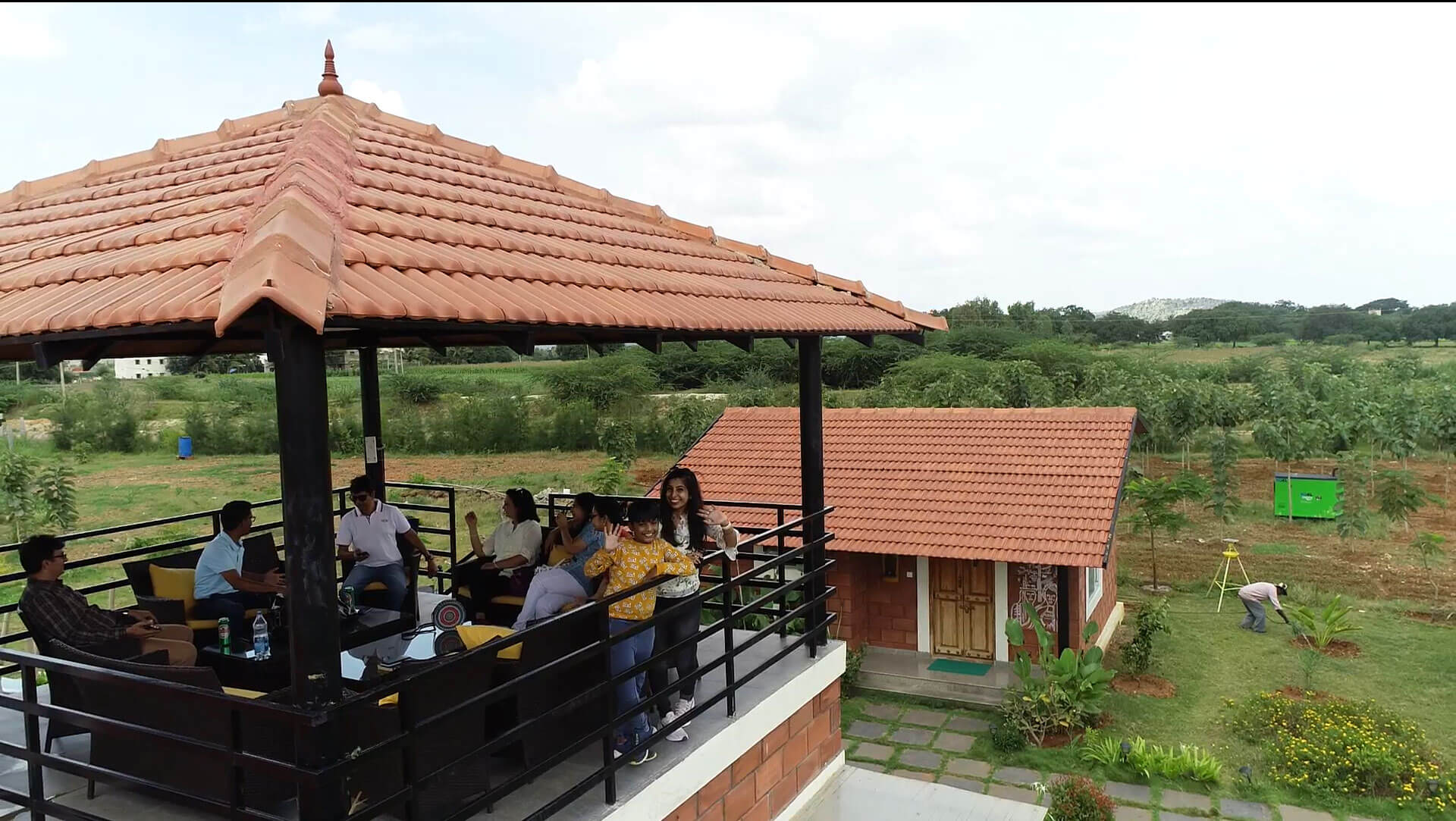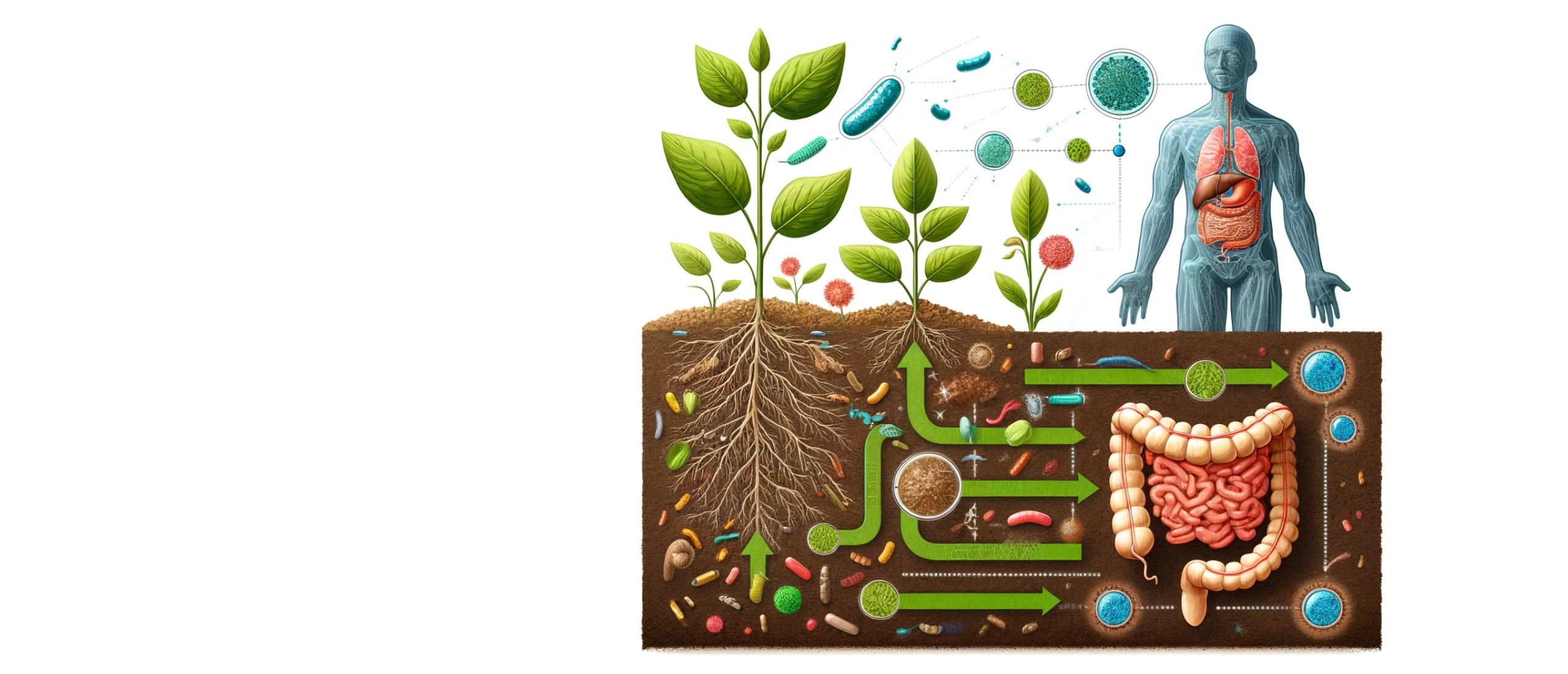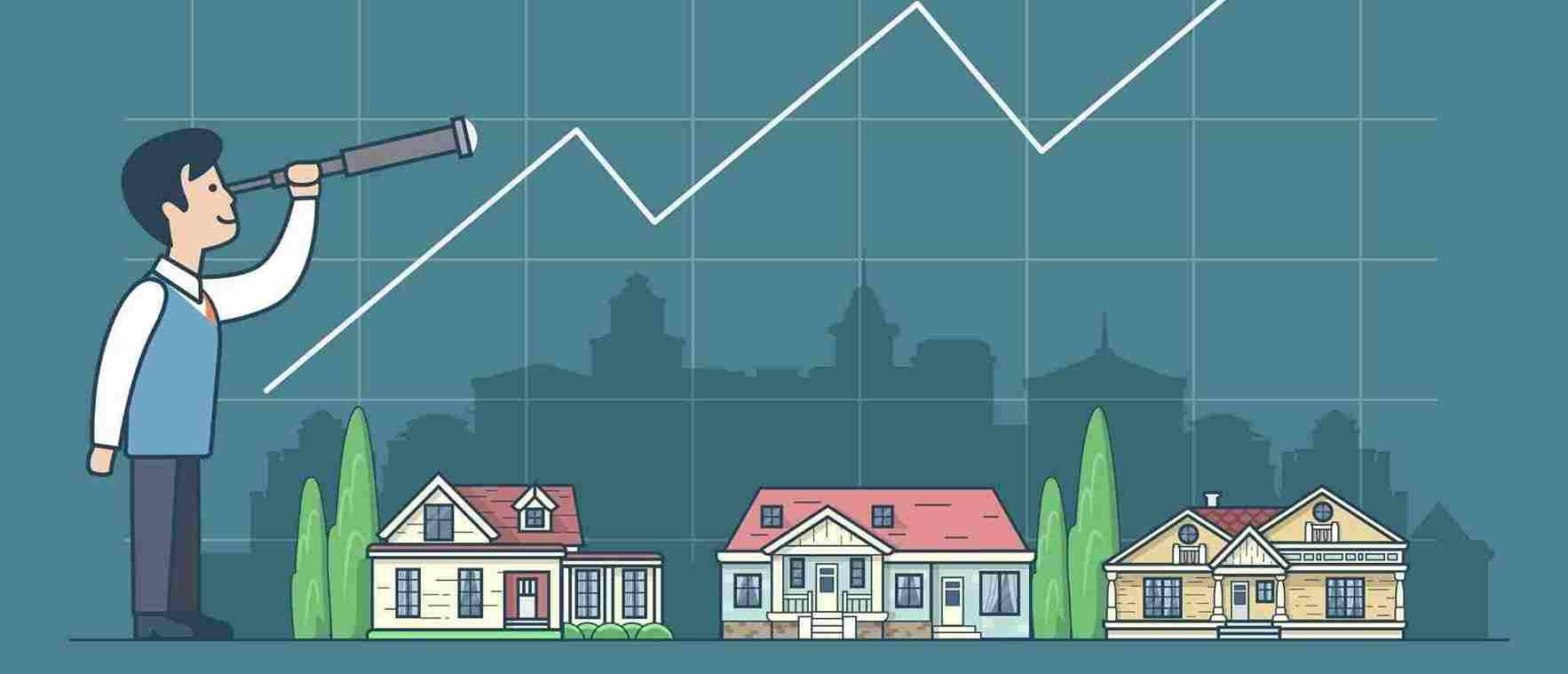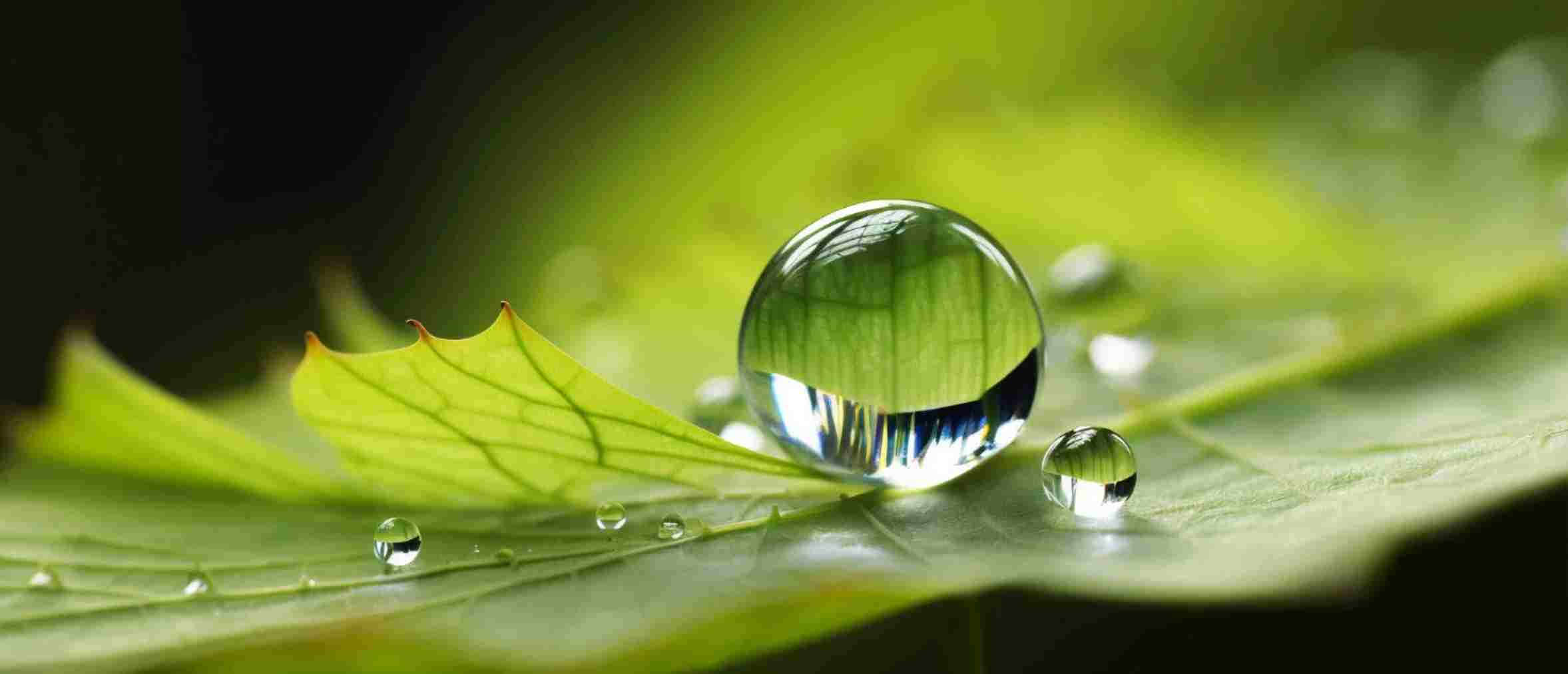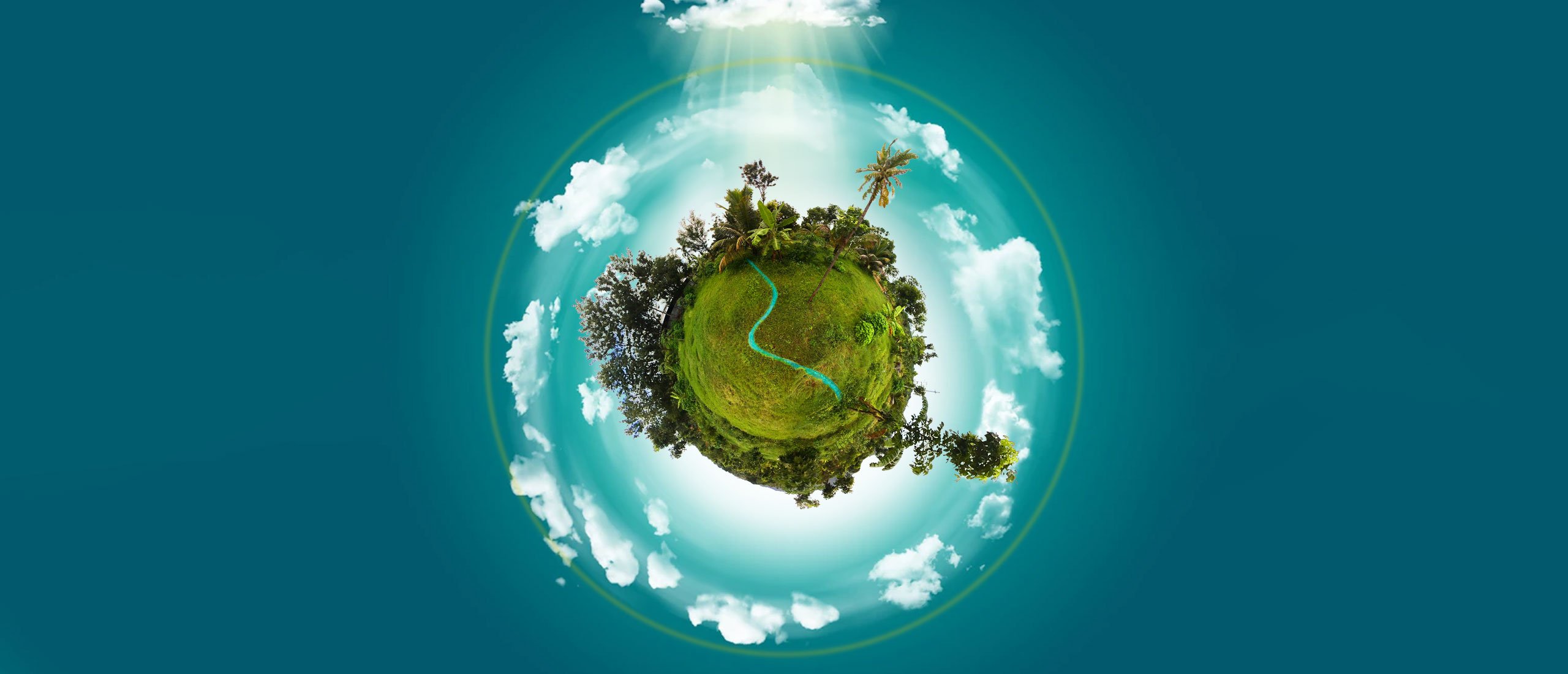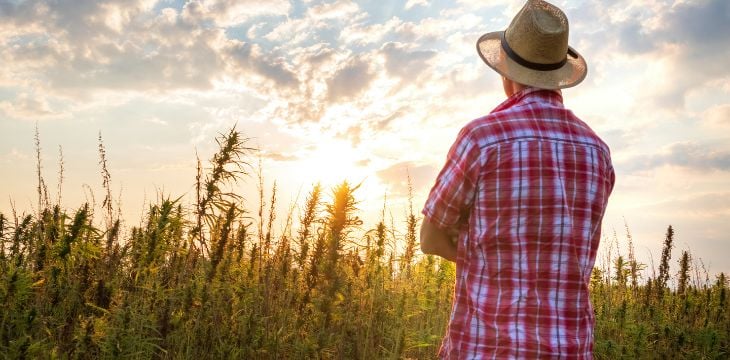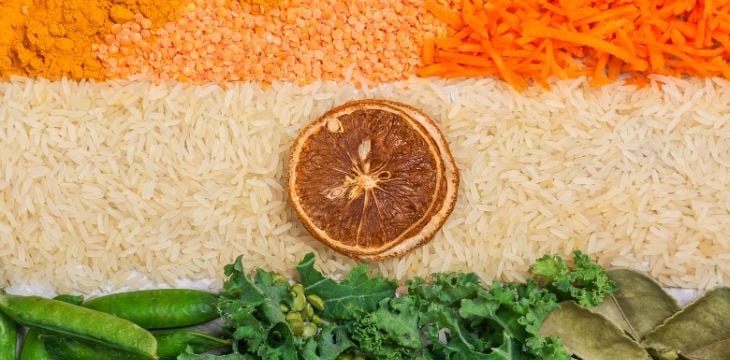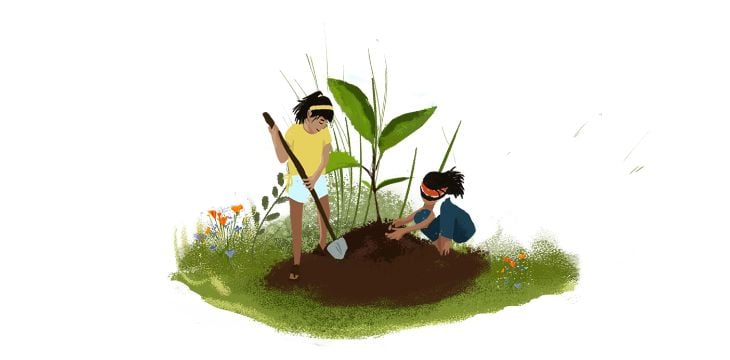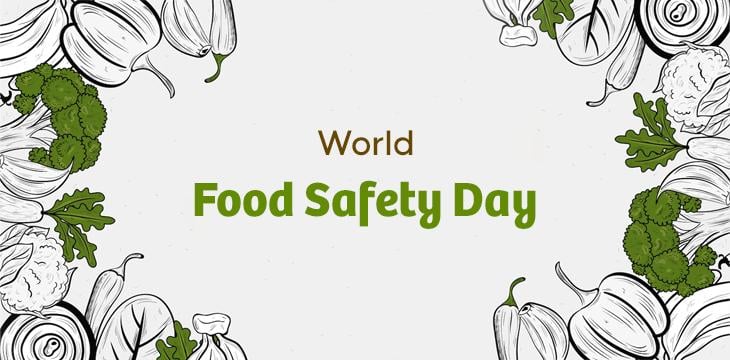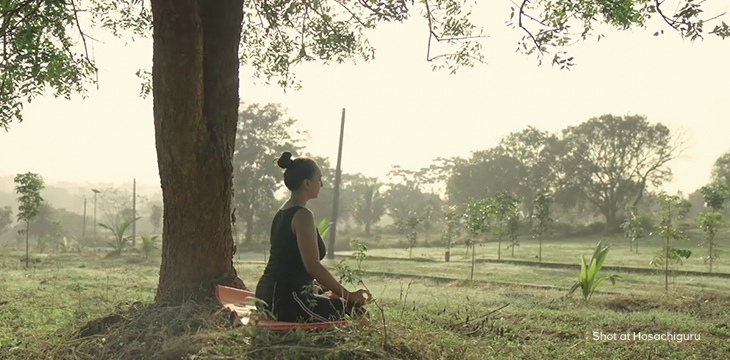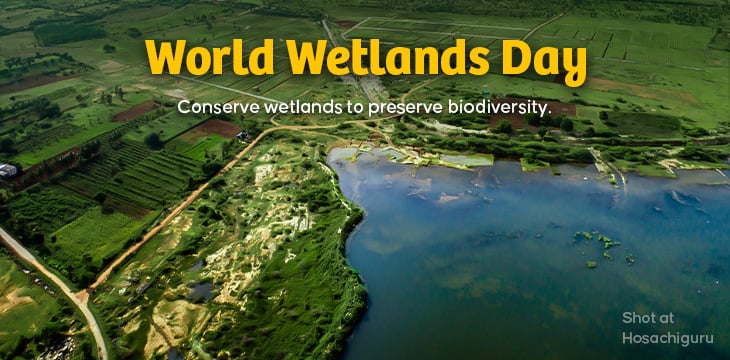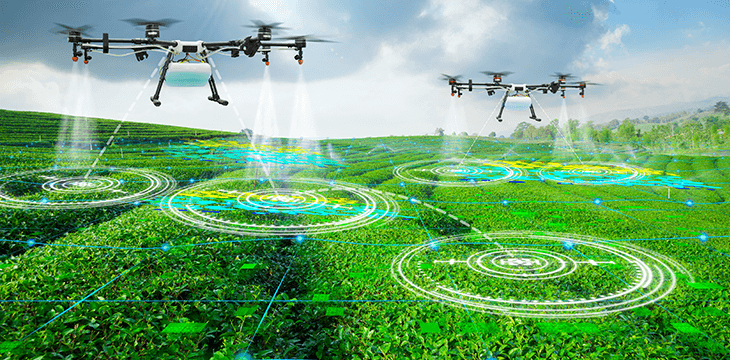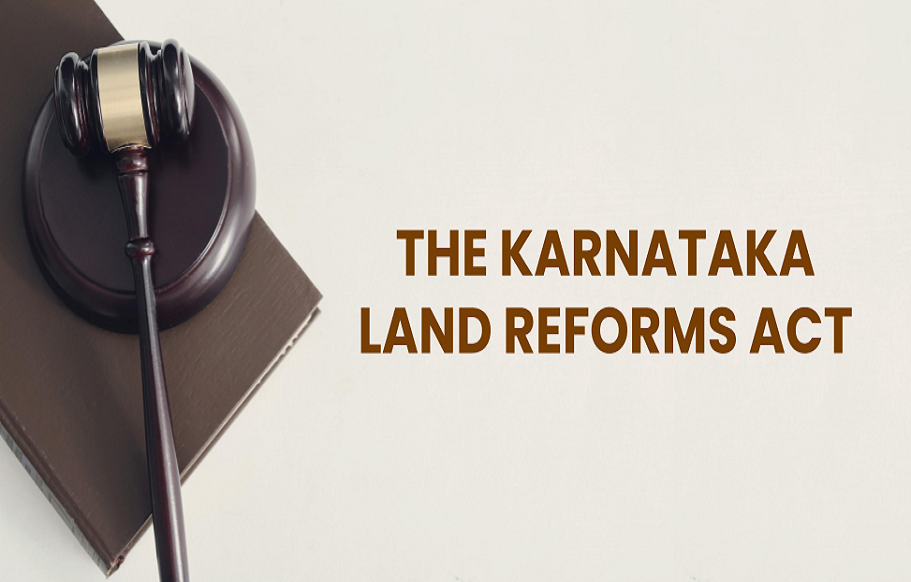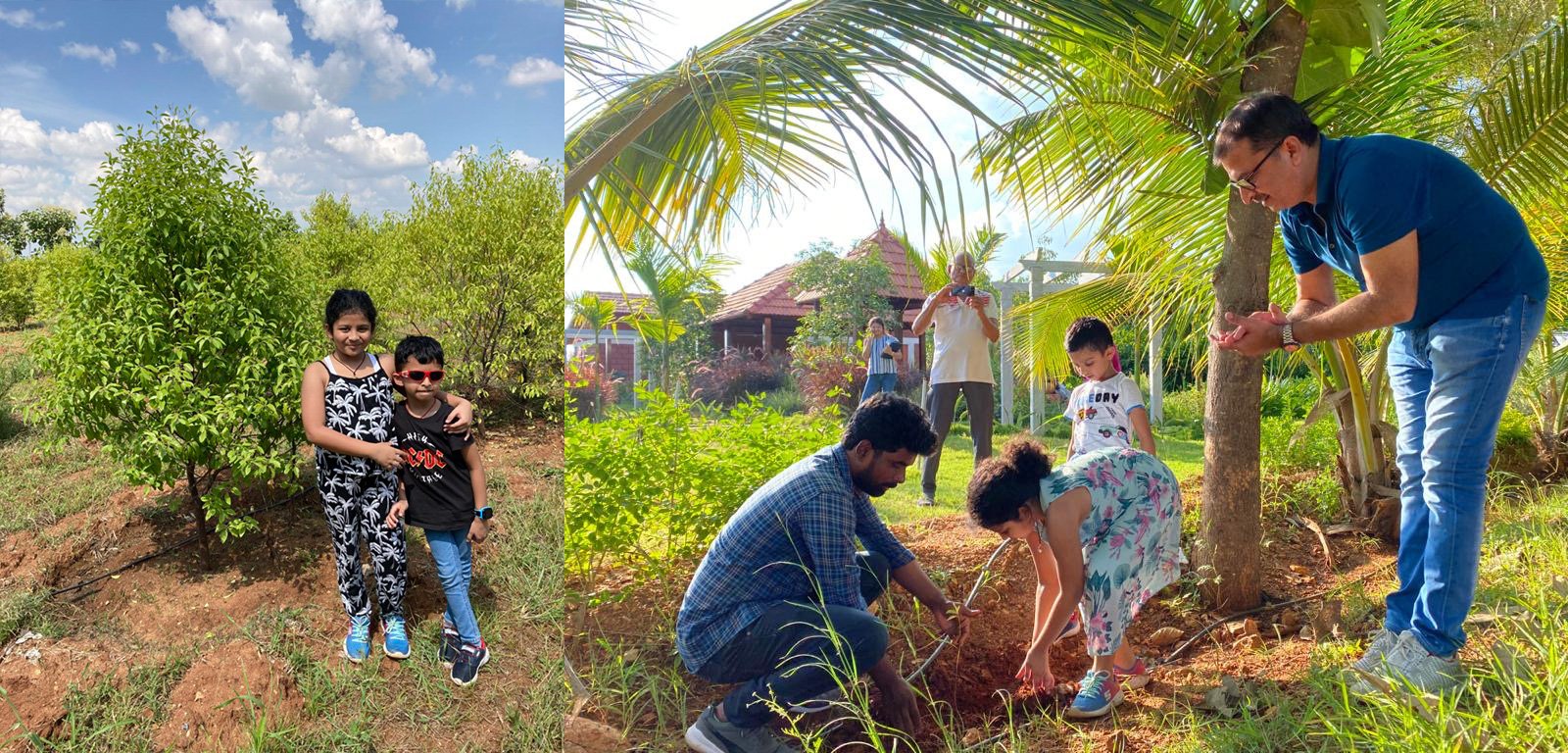March 19, 2024
Author – Anmol Agarwal
5 Mins Read
Jacques Cousteau, a trailblazer in marine conservation, once eloquently stated, “We forget that the water cycle and the life cycle are one.” This profound statement resonates deeply with the interconnectedness of water and life itself. In our modern era, however, we often squander this precious resource without fully grasping its critical significance for both our ecosystem and our own well-being.
Water serves as the circulatory system of our planet, facilitating not just the movement of water itself, but also the distribution of vital nutrients, the formation of diverse ecosystems, and the modulation of weather patterns.
At Hosachiguru, we recognize water as the cornerstone of existence for all living beings on Earth, and we advocate for a renewed reverence for this essential element. While many may take for granted the seemingly endless supply of water from their taps, we understand the importance of nurturing a more sustainable relationship with water.
In our farming practices, we prioritize sustainable water management techniques such as rainwater harvesting, drip irrigation, swales, trenches, pata bunding, soil mulching, integrated pest management systems, and borewells. These methods synergize to safeguard water quality and prevent wastage, ensuring a more resilient water supply for both agricultural needs and environmental conservation.
Challenges Faced In Water Management
This year, World Water Day is casting a spotlight on “Water for Peace,” a theme that resonates deeply in our current global climate. With climate issues at the forefront, nations worldwide are feeling the pinch of water scarcity, a crisis that’s become all too real.
In Bangalore, affectionately known as the Garden City, the situation is particularly poignant. The city faced a daunting rainfall deficit last year, severely impacting its groundwater supplies. The challenge is compounded by Bangalore’s reliance on the Cauvery River to quench the thirst of its over 1.4 Cr inhabitants. With each person consuming an average of 150 liters of water daily, the city is in a constant battle to meet its water demands.
But the impact of water scarcity extends beyond just the inconvenience of enduring the relentless heat. It’s also putting a strain on the city’s economic fabric. Garment factories are dialing back production, and restaurants are wrestling with sky-high water bills. Corporate managers are noting a dip in productivity as employees are preoccupied with securing water, leading to missed meetings and deadlines. And then, there’s the price of water tankers, which has soared from less than Rs 1,500 for a 6,000-liter tanker to up to Rs 2,850, making it increasingly difficult for residents and businesses to cope with the escalating costs.
Innovation Meets Conservation: Saving Water, Shaping Tomorrow.
It’s high time nations faced the adversity at hand and started being upfront with their citizens about the true state of their water reserves. Ignoring the issue won’t make it vanish. The first step is admitting there’s a problem and that we’re all part of it. Even nations once thought to have endless supplies of water are now scrambling to find solutions. Take a moment to marvel at Singapore’s ingenuity. Ranked as the eighth most water-scarce country globally, it has made significant strides in overcoming its limitations.
Back in 2008, Singapore made a bold move by constructing the Marina Barrage, an unprecedented urban water reservoir nestled in the heart of the city. This marvel of engineering, spanning one-sixth of the city’s size, has not only augmented Singapore’s water supply by 10% but also shields the surrounding low-lying areas from flooding, thanks to its strategic connection to the sea.
While we can’t all implement grandiose projects overnight, there are countless small actions we can incorporate into our daily routines to make a significant dent in water consumption:
- Turning off the tap while soaping up your hands can save a whopping 6 liters of water a minute.
- Opting for a mug over the tap when shaving to cut down on water waste.
- Installing water-efficient showerheads, faucets, and toilets can reduce water usage without compromising performance.
- For a water-conscious celebration, fill balloons with flour instead of water this Holi (but let’s not go overboard with the flour).
- Swap out the pipes for a bucket or mug when cleaning or washing your car to save precious droplets.
- Reuse water from washing fruits and veggies or collect the cold water from your shower as it warms up and give your plants a drink with it.
Below is an exploration of various water management techniques, each with its unique features, challenges, and strategies to overcome these challenges, offering a glimpse into the dynamic field of sustainable water resource management.

Role Of Hosachiguru In Water Management
At Hosachiguru, our commitment to rainwater harvesting is unwavering. We believe that the rain that graces our farm should not merely touch the surface and evaporate but should remain, enriching every portion of our land. To achieve this, we have meticulously designed trenches and swales across the landscape. These structures are more than just indentations in the soil; they are strategic reservoirs that capture rainwater, allowing it to infiltrate the ground rather than evaporate.
The year 2023 was particularly fruitful for Hosachiguru’s farmlands, receiving a substantial 139 Crore liters of rainfall. Impressively, through our concerted efforts, 10% of this precipitation was successfully infiltrated into the ground. Our proactive approach didn’t stop there. By harnessing traditional methods and modern techniques, such as groundwater harvesting through borewell recharge, we collected 56 Crore liters of water. This achievement signifies 40% of the total rainfall, effectively transforming it into a crucial resource for our agricultural needs. Our practices not only ensure water availability for our farm but also demonstrate a sustainable model of agricultural practice that harmonizes with the natural water cycle.










